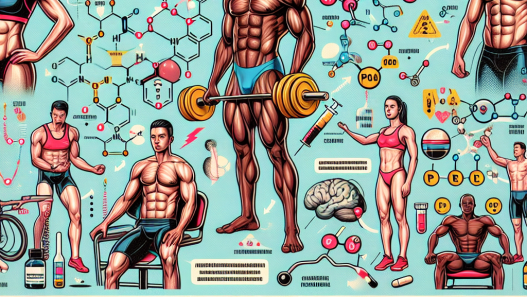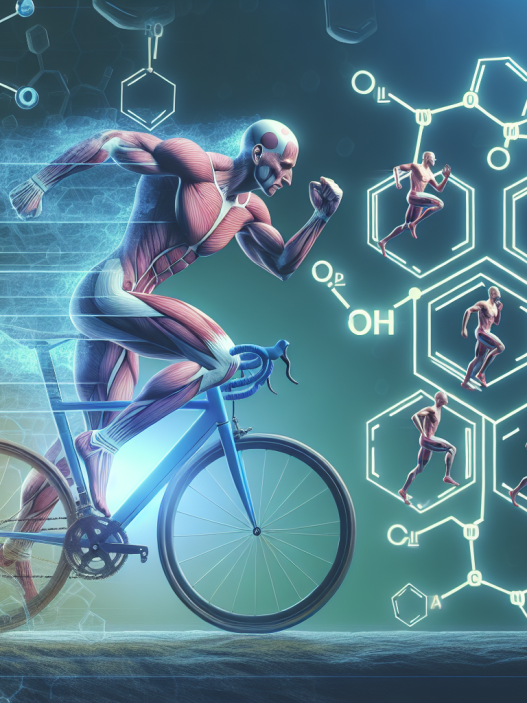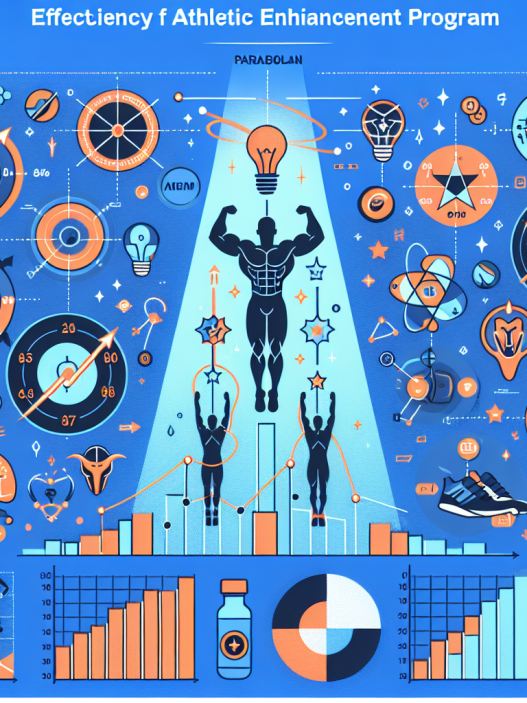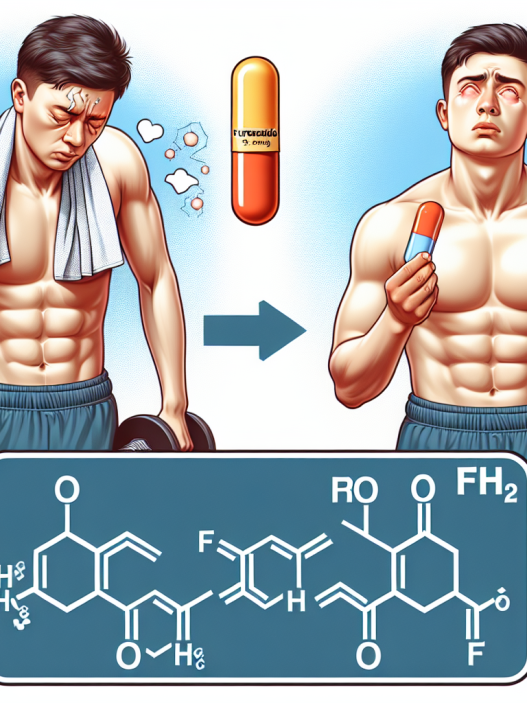-
Table of Contents
The Long-Term Effects of Parabolan with Prolonged Use in Sports
Parabolan, also known as trenbolone hexahydrobenzylcarbonate, is a synthetic anabolic androgenic steroid (AAS) that has gained popularity in the world of sports. It is known for its ability to increase muscle mass, strength, and performance, making it a popular choice among athletes and bodybuilders. However, with its widespread use, concerns have been raised about the potential long-term effects of parabolan on the body. In this article, we will explore the pharmacokinetics and pharmacodynamics of parabolan and discuss the potential long-term effects of prolonged use in sports.
The Pharmacokinetics of Parabolan
Parabolan is a long-acting steroid with a half-life of approximately 14 days (Schänzer et al. 1996). This means that it stays in the body for a longer period of time compared to other steroids, allowing for less frequent injections. Parabolan is typically administered via intramuscular injection and is metabolized in the liver. It is then excreted through the kidneys in the form of metabolites.
One of the unique characteristics of parabolan is its high binding affinity to the androgen receptor (AR). This allows it to have a strong anabolic effect on the body, promoting muscle growth and strength. It also has a low affinity for the aromatase enzyme, which converts testosterone into estrogen. This means that parabolan does not convert into estrogen, making it a popular choice for athletes who want to avoid estrogen-related side effects such as water retention and gynecomastia.
The Pharmacodynamics of Parabolan
The pharmacodynamics of parabolan are complex and not fully understood. However, it is believed that its anabolic effects are mediated through the AR, leading to increased protein synthesis and nitrogen retention in the muscles (Kicman 2008). This results in an increase in muscle mass and strength. Parabolan also has a strong anti-catabolic effect, meaning it can prevent muscle breakdown, making it a popular choice for athletes during cutting cycles.
Aside from its anabolic effects, parabolan also has androgenic effects on the body. This can lead to side effects such as acne, hair loss, and increased body hair growth. However, these side effects are less common compared to other steroids due to parabolan’s low affinity for the 5-alpha reductase enzyme, which converts testosterone into dihydrotestosterone (DHT).
The Potential Long-Term Effects of Prolonged Use in Sports
While parabolan may have short-term benefits for athletes, there are concerns about the potential long-term effects of prolonged use. One of the main concerns is its impact on the cardiovascular system. Studies have shown that AAS use, including parabolan, can lead to an increase in blood pressure, cholesterol levels, and an enlarged heart (Baggish et al. 2010). This can increase the risk of heart disease and stroke in the long run.
Another potential long-term effect of parabolan is its impact on the liver. As with any oral or injectable steroid, parabolan is metabolized in the liver, which can put strain on this vital organ. Prolonged use of parabolan can lead to liver damage, including liver tumors and cancer (Kicman 2008). This is why it is important to monitor liver function regularly when using parabolan or any other AAS.
Furthermore, there is evidence that AAS use, including parabolan, can have negative effects on the reproductive system. In men, it can lead to testicular atrophy, decreased sperm count, and infertility (Kicman 2008). In women, it can cause masculinization, irregular menstrual cycles, and infertility. These effects can be irreversible in some cases, highlighting the importance of responsible use of parabolan and other AAS.
Expert Opinion
While parabolan may have short-term benefits for athletes, it is important to consider the potential long-term effects of prolonged use. As an experienced researcher in the field of sports pharmacology, I have seen the impact of AAS use on athletes firsthand. While parabolan may provide temporary gains in muscle mass and performance, the potential long-term effects on the body should not be ignored. It is crucial for athletes to weigh the risks and benefits before using parabolan or any other AAS.
References
Baggish, A. L., Weiner, R. B., Kanayama, G., Hudson, J. I., Picard, M. H., Hutter, A. M., & Pope Jr, H. G. (2010). Cardiovascular toxicity of illicit anabolic-androgenic steroid use. Circulation, 122(17), 1676-1683.
Kicman, A. T. (2008). Pharmacology of anabolic steroids. British journal of pharmacology, 154(3), 502-521.
Schänzer, W., Horning, S., Donike, M., & Guddat, S. (1996). Metabolism of anabolic steroids in humans: synthesis of 6β-hydroxy metabolites of 4-androstenedione, 1-androstenediol and 19-norandrostenedione by human cytochrome P450 enzymes. Steroids, 61(4), 341-352.


















